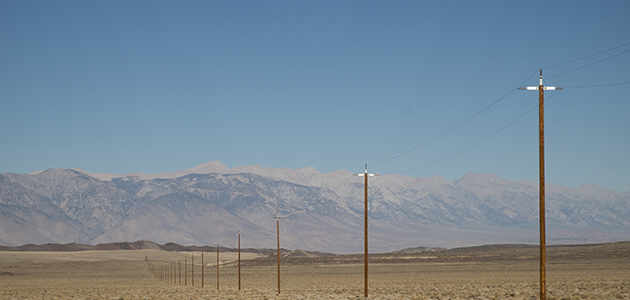Regulation Spotlight Focuses on Worst-Served Customers
Back to Top
“Worst-served customers,” “low-reliability feeders,” “worst-performing feeders”–a range of terminology is used in different jurisdictions, but the meaning is broadly the same. These are customers who experience markedly below-average power reliability.
Addressing the worst-served customer challenge is not new. Industry regulators have a range of tools, such as enhanced monitoring to guaranteed standards and the use of incentive regulation.
Worst-served customers are facing new challenges.
Climate Change Challenges
The increase in extreme weather events challenges network resilience, with an adverse impact on grid performance. Many of the worst-performing feeders are at the edge of the grid and are likely to be among those most exposed to the immediate impacts of climate change. Building resilience into the networks means tackling the challenges faced by those who experience the worst service, which may include vulnerable customer groups that have a greater reliance on electricity.
At the same time, utilities around the world are focusing on how to transition to sustainable low-carbon energy systems. Factors driving this–the connection of renewables, the electrification of heat and transport, and the increased focus on digitalization–all pose both challenges and opportunities for utilities as they impact the role grids play.
Changing Customer Needs
Regardless of the definition for “worst served,” there has been limited consideration of momentary interruptions or power quality issues. Both of these are becoming important customer concerns and will have increased prominence for grids of the future and will be areas of greater regulatory focus.
Investment is the key, and it will need to be targeted to improve reliability and to harden particular parts of the grid. At the same time, the benefits of new solutions will need to be leveraged. Distribution automation and other smart grid technologies enhance the ability to predict future challenges and, when they occur, to respond quickly and minimize customer impact.
Facing the challenges of the future means no customer should be left behind. Challenges exist, but new tools are available to tackle them. This is why focusing on the worst-served customers now is so important.